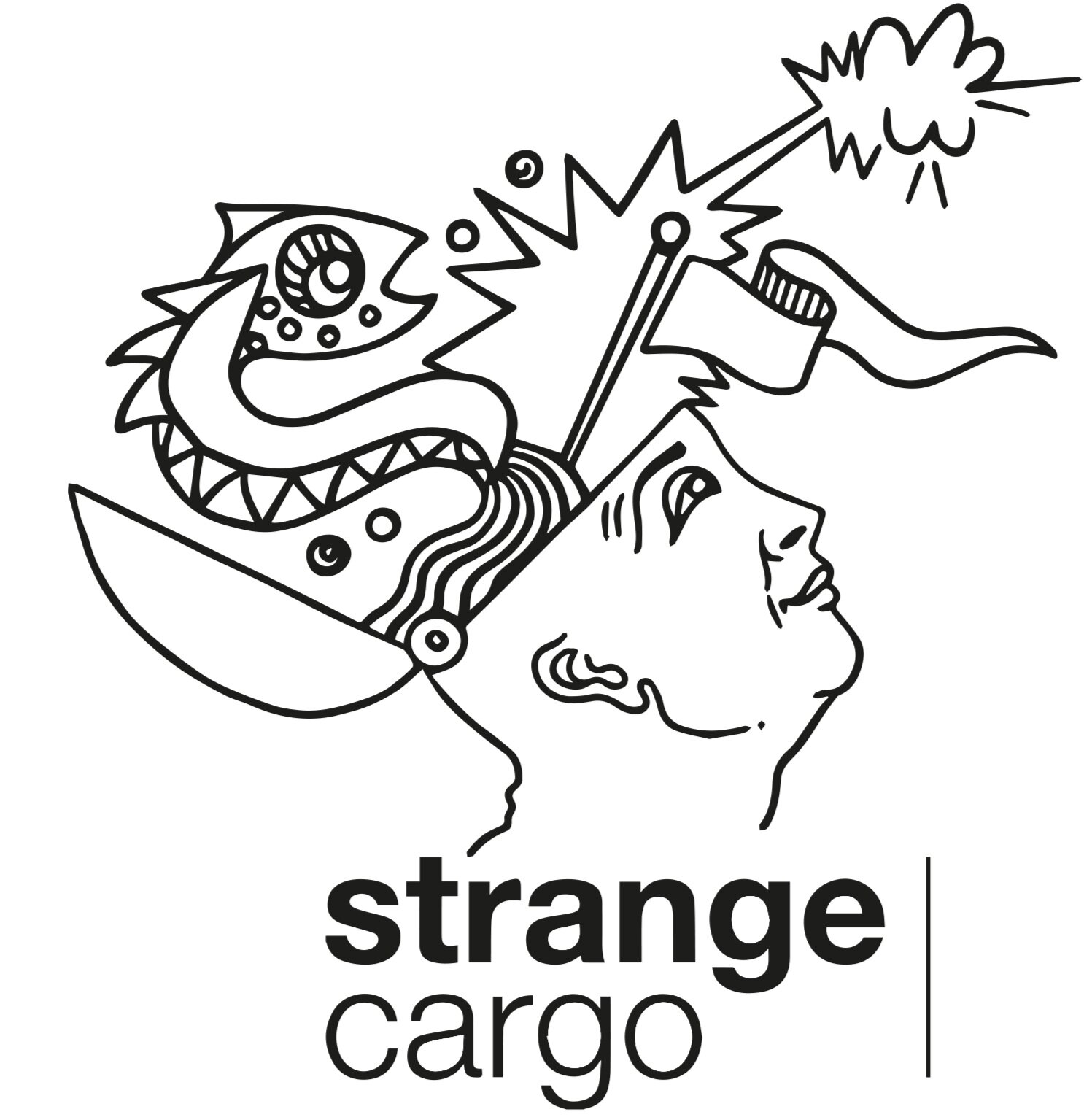Forget Me Not Dazzle Horse
11th Nov 2018
With funding from Heritage Lottery Fund, Strange Cargo visited the Imperial War Museum, local exhibitions and museums to develop a programme aimed at showing people what life in Cheriton was like during the First World War. The programme was part of a project called Forget Me Not and in remembrance of the sacrifice of local servicemen and women and their families during the Great War.
King George V and Lord Kitchener visited Shorncliffe Barracks and rode through Cheriton in 1915 and it was this historic visit to the town that was the starting point for this aspect of our heritage project, shown in the photograph loaned to the project by historian Vince Williams. The Imperial War Museum, First World War exhibition had a dazzle camouflage exhibit, which also inspired the next steps of this project.
A full sized model of a horse was the basis of an artwork by artist Kelvin Pawsey, working with students from Cheriton's Harvey Grammar School for Boys. The sculpture was painted with dazzle camouflage and affixed with the regimental badges belonging to the fallen servicemen. The school has its own WWI memorial and many Harvey ex-pupils died in the Great War.
Dazzle camouflage was researched by the team; this a technique created for naval and merchant vessels by artist Norman Wilkinson to confuse enemy attackers and a version of these designs was painted onto the horse sculpture using Wilkinson's original colour palette. The boys researched the World War One military badges of the regiments connected to Cheriton's fallen and those regiments connected to the town's Shorncliffe Barracks. The badges were digitally manipulated and reproduced as decals that were fixed over the painted surface of the horse.
The finished sculpture was displayed at Strange Cargo during a public talk by historian Vince Williams and then placed on show outside the school, opposite Cheriton Road Cemetery, over the weekend of the centenary of the Armistice. A poppy wreath was also created, that included a number of purple poppies to commemorate the animals who died in WWI. The accompanying panel shared all of the regiments detailed on the horse and also informed people that over 8,000,000 horses and other animals played an important role in military services during the First World War.















